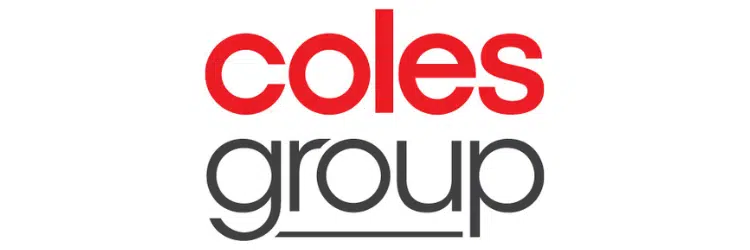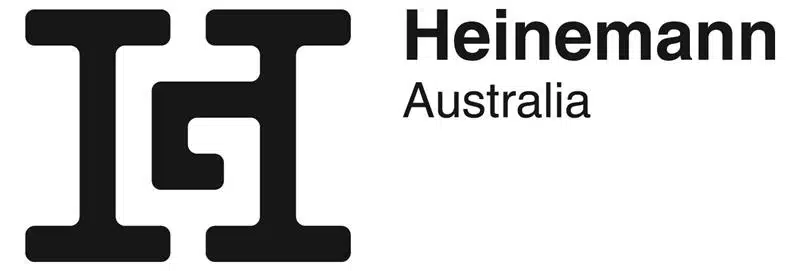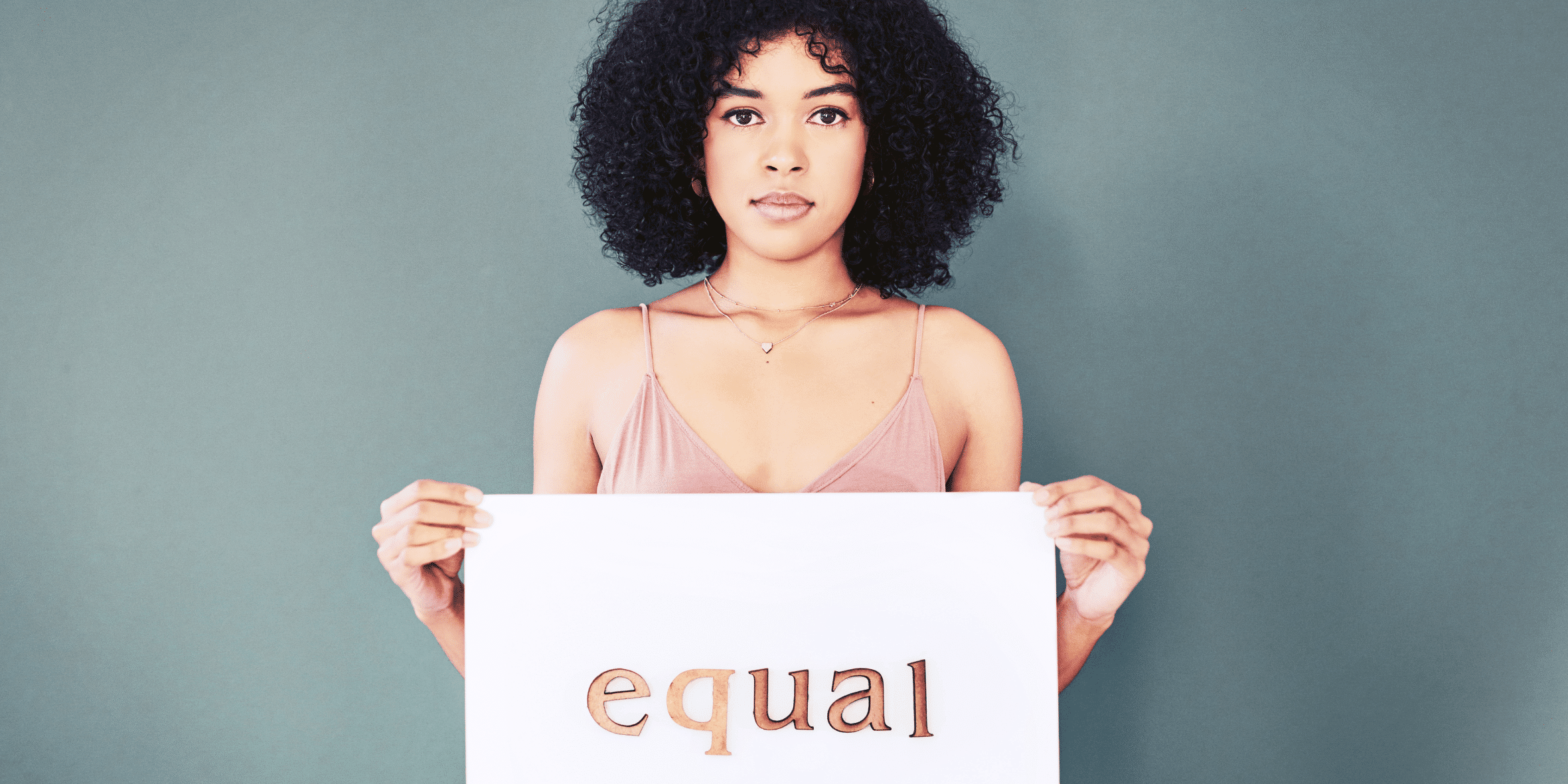The Workplace Gender Equality Agency (WGEA) has declared the 25th of August as this year’s Equal Pay Day, signifying the gender pay gap in Australia.
Recent research from the Australian Bureau of Statistics (ABS) has confirmed that women need to work an additional 56 days a year to make up the difference caused by the lag in wages between men and women.
It’s 54 years since Australian women won the right to equal pay, so what does that gap look like today? On average, women still earn $13,183 less a year than men in 2023.
According to WGEA, the pay gap for the retail sector is 13% in comparison to 22% for the rest of the economy. And retailers continue to reduce this gap.
So while retail performs better than other sectors, and while we’ve made progress, there is more work to be done.
For leaders in retail, marking this day on social media calendars is not enough to make a difference.
To make further gains towards gender equality in the workplace, it’s imperative that we look at the data, identify the gaps, and develop strategies to address differences in pay through the annual budget cycle.
We also know that there’s a gap between the number of women working on the shop floor and the number of women running Australian retail businesses. This imbalance also contributes to the gender pay gap.
With only 19.4% of Australian Women holding CEO positions, it’s interesting to note that women are also underrepresented in key decision-making roles across almost all industries in the Australian workforce (WGEA).
In terms of the longer term financial impact of pay inequality, we find that women also are not as prepared as men for retirement due to the compounding effects of underpayment and disparity in superannuation savings.
According to Rest Super, 60-64 year old men will retire with an average of $359,870 in superannuation while women will retire with an average of $289,179.
In comparison, the Association of Superannuation Funds of Australia estimates that a comfortable retirement lifestyle would need $640,000 in superannuation for a couple, or $545,000 for a single person.
So how do we address these imbalances as a sector?
The ARA has developed our own Position Statement on Gender Equality affirming our belief that equality is a fundamental human right for all, regardless of gender identity.
The position statement articulates a number of actions that we believe the sector needs to take to address the gender pay gap, including:
- Adopting a 40:40:20 gender mix in boards and executive teams, with an aspirational target that 50% of director and leadership positions should be filled by women by 2030
- Advocating for more cost-effective childcare and increased flexibility in childcare arrangements
- Offering equal access to parental leave and address the stigma of men taking on caring responsibilities
- Improving flexibility, career pathways and return-to-work options for working parents
We invite you to join the ARA in our strategic vision to address gender inequality and make the workplace fair for all Australians who work in retail, by signing up to the
ARA Position Statement for Gender Equality
ARA Events Alerts for our International Women’s Day Lunch and Gender Equality Symposium.
We celebrate and acknowledge our members who support and commit to the ARA’s Gender Equality Position Statement, who employ more than 40% of Australia’s retail workforce.
 |
 |
 |
|
 |
 |
 |
 |
 |
 |
 |
 |
 |
 |
 |
 |
 |
|||
 |
 |
 |
|
 |
 |





















